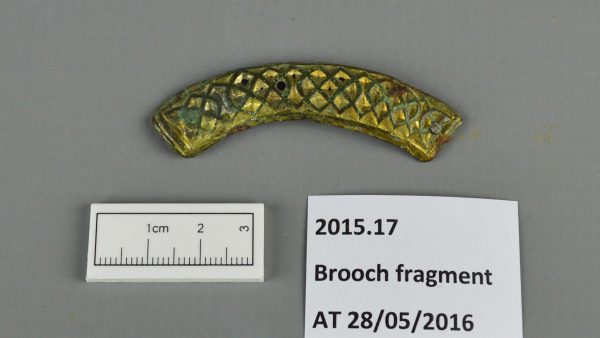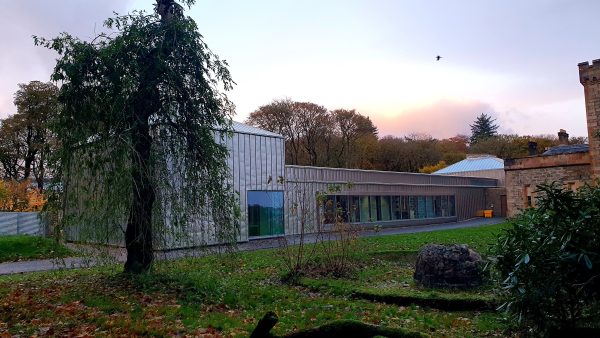
Erskine Beveridge: Collecting Relics, Ruins & Ways of Life
A photographic exhibition on tour from Historic Environment Scotland
A selection of archive photographs from the Erskine Beveridge collection held by Historic Environment Scotland.
With his camera Erskine Beveridge (1851-1920) captured the way of life across Scotland. This included his time spent in the Outer Hebrides. He had a keen interest in archaeology and also in the ruined remains of buildings and these are evident in his photographs.

Background
Erskine Beveridge was born in Dunfermline, Fife on 27th December 1851. He belonged to a wealthy family of linen manufacturers and merchants. He married Mary Owst in 1872 and they had 6 children. After the death of his first wife in 1904, Beveridge married Margaret Scott Inglis in 1904 and they had one son. Erskine Beveridge eventually took over the family business, which then expanded and prospered with additional factories.
His prosperity enabled him to pursue his interests in photography, archaeology and history. He took photographs on his travels during holidays across Scotland, and also during business trips abroad.
Beveridge’s first visit to North Uist was in 1897, as part of his research on archaeological sites on the west coast of Scotland. Following subsequent visits, Beveridge bought the tidal island of Vallay in 1901. The estate also included Griminish, Scolpaig, Balelone and Kilpheder. He chose to build his house on Vallay and spent most summers there until his death.
While living in Vallay, Erskine Beveridge continued with his archaeological research and excavation, and in 1911 published his book ‘North Uist: Its Archaeology and Topography’.
Erskine Beveridge died on 10th August 1920, in Dunfermline, aged 69. He is buried at Dunfermline Abbey Churchyard.
A portrait of Erskine Beveridge can be seen here.
The full collection has over 700 images and can be viewed here.


